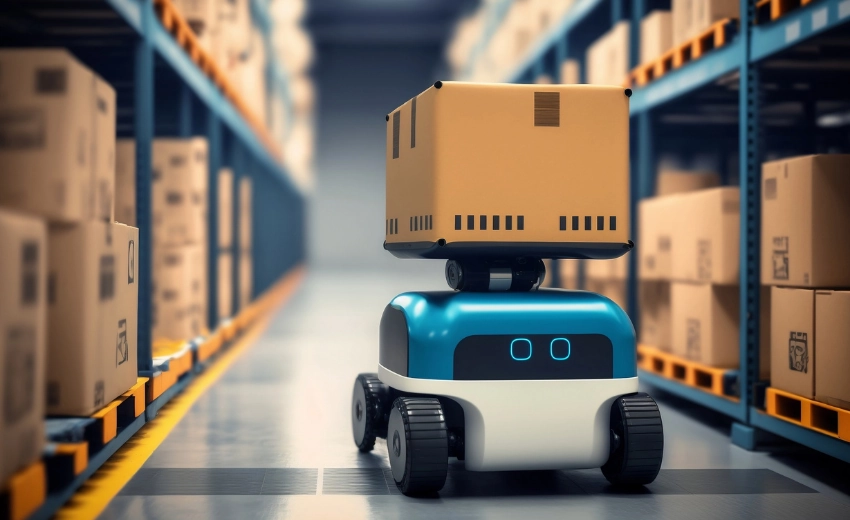In the fast-paced world of retail, inventory management is a critical aspect of success. Keeping track of stock levels, restocking shelves, and ensuring product availability are essential tasks that can be time-consuming and labour-intensive. However, with advances in robotics and automation, retailers now have the opportunity to streamline these processes and improve efficiency with the help of retail robots. In this article, we’ll explore the concept of designing a retail robot for inventory management in shops and stores, discussing the benefits, features, and potential impact on the retail industry.
The Role of Retail Robots in Inventory Management
Retail robots are autonomous machines designed to perform various tasks related to inventory management in retail environments. From scanning shelves to checking stock levels to locating misplaced items, these robots are capable of handling a wide range of tasks quickly and efficiently. By automating routine inventory management tasks, retail robots free up human employees to focus on more value-added activities, such as customer service and sales.
Key Features of a Retail Robot for Inventory Management
When designing a retail robot for inventory management, several key features should be considered to ensure optimal performance and functionality:
- Inventory Scanning Capabilities
The retail robot should be equipped with advanced scanning technology, such as barcode scanners or RFID readers, to accurately identify and catalogue items on store shelves. This allows the robot to track stock levels, identify out-of-stock items, and update inventory records in real time.
- Navigation and Mapping
To navigate store aisles and locate specific items, the retail robot should be equipped with sensors, cameras, and mapping technology. This allows the robot to autonomously navigate the store layout, avoid obstacles, and efficiently move from one location to another.
- Object Recognition
The retail robot should be capable of recognizing and identifying individual items on store shelves, including their size, shape, and colour. This allows the robot to assess stock levels accurately, identify misplaced items, and maintain organized shelves.
- Data Analysis and Reporting
The retail robot should be capable of analyzing inventory data and generating reports on stock levels, sales trends, and product performance to provide actionable insights to store managers. This allows store managers to make informed decisions about restocking, pricing, and product placement.
- Integration with Inventory Management Systems
The retail robot should seamlessly integrate with existing inventory management systems and POS (point-of-sale) systems used by retailers. This allows for real-time synchronization of inventory data and ensures consistency between physical inventory and digital records.
Benefits of Using Retail Robots for Inventory Management
There are numerous benefits to using retail robots for inventory management in shops and stores:
- Increased efficiency: Retail robots can perform inventory management tasks faster and more accurately than human employees, leading to increased efficiency and productivity.
- Improved accuracy: With advanced scanning and object recognition technology, retail robots can accurately identify and catalogue items, reducing errors and discrepancies in inventory records.
- Cost savings: By automating routine inventory management tasks, retail robots can help retailers reduce labour costs and free up human employees to focus on higher-value activities.
- Enhanced customer experience: By ensuring product availability and maintaining organized shelves, retail robots can help improve the overall customer experience and satisfaction.
- Real-time insights: Retail robots provide real-time data and insights on stock levels, sales trends, and product performance, allowing retailers to make informed decisions and optimize their operations.
Embracing the Future of Retail with Retail Robots
In conclusion, designing a retail robot for inventory management in shops and stores offers retailers an opportunity to revolutionize their operations and stay competitive in today’s dynamic retail landscape. By leveraging advanced robotics and automation technology, retailers can streamline inventory management processes, improve efficiency, and enhance the customer experience. As retail robots continue to evolve and become more sophisticated, they have the potential to transform the way retailers manage their inventory and drive success in the retail industry.

